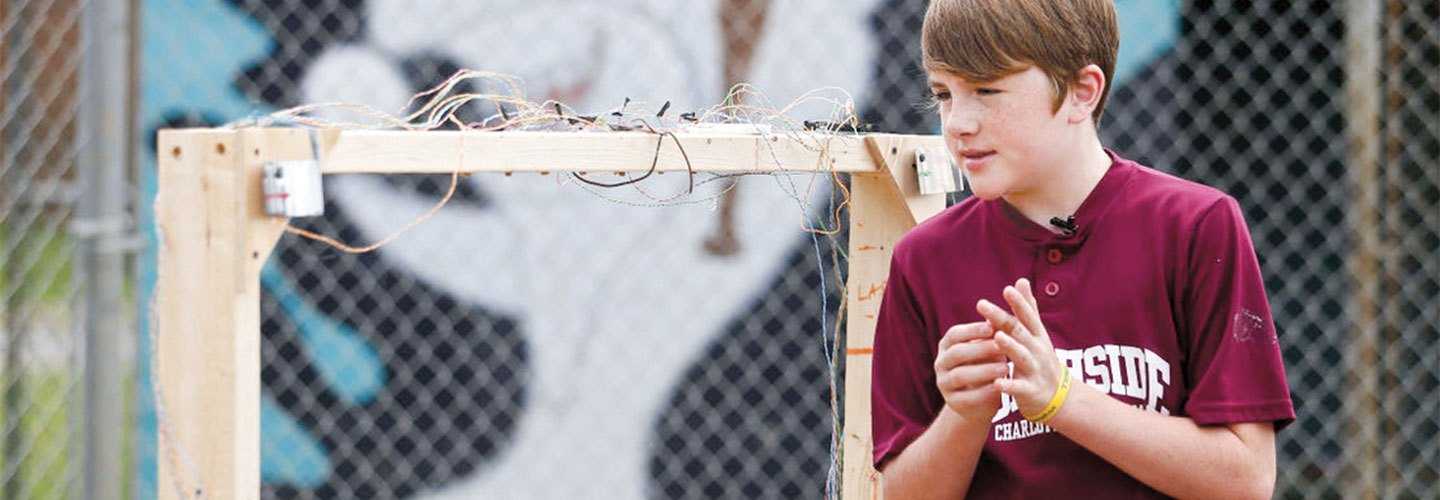Major League pitchers can hurl a fastball at more than 160 kilometers (100 miles) per hour. But baseball experts say that a pitcher’s aim—not speed—is the real key to striking out batters (see Taking Aim).
Nick Anglin, a 14-year-old student at Sutherland Middle School in Charlottesville, Virginia, pitches for his local recreational league. But Nick had trouble with his aim. “I was wild and inaccurate,” he says. Nick came up with a way to improve his pitching—an electronic strike-zone target that gives pitchers feedback to improve their technique.
Major League pitchers can hurl a fastball at more than 160 kilometers (100 miles) per hour. But baseball experts say the real key to striking out batters isn’t speed. It’s the pitcher’s aim (see Taking Aim).
Nick Anglin is a 14-year-old student at Sutherland Middle School in Charlottesville, Virginia. He pitches for his local recreational league. But Nick had trouble with his aim. “I was wild and inaccurate,” he says. Nick came up with a way to improve his pitching. He invented an electronic strike-zone target. It gives pitchers feedback to improve their technique.

